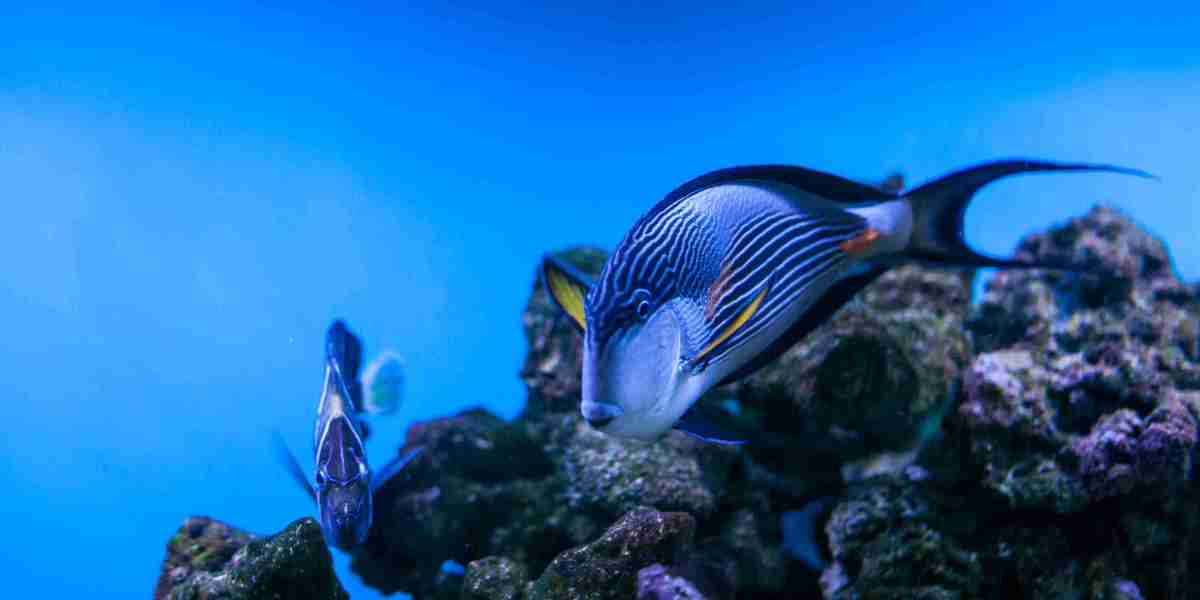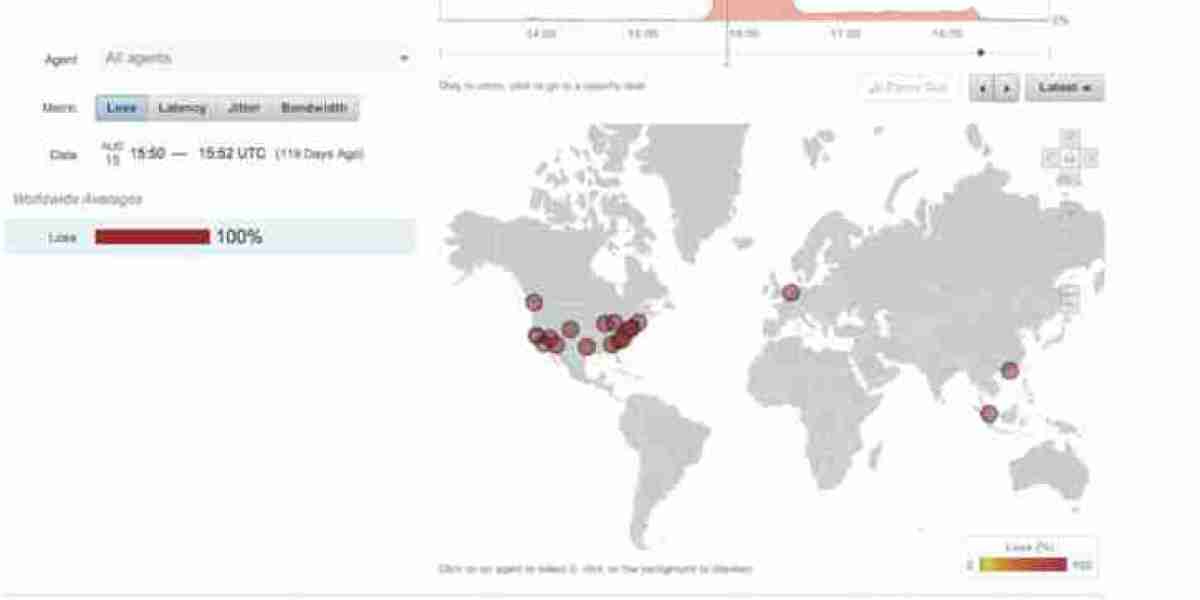Why Marine Ecosystems Need Smarter Monitoring
Oceans are vast, mysterious, and under increasing threat. From overfishing and climate change to habitat degradation and pollution, marine ecosystems around the world are changing faster than ever before. But to protect them, we first need to understand them.
And that’s where a fish tagging system comes into play.
These technologies are giving researchers and conservationists a clearer picture of life beneath the waves — from the movements of tuna across ocean basins to the survival of reef fish near protected areas. The insights gathered are not just fascinating; they're vital to keeping marine life thriving.
What Is a Fish Tagging System?
It is a combination of tools used to mark, track, and monitor fish in their natural habitats. It typically includes:
Tags: Tiny devices (PIT tags, acoustic tags, satellite tags, etc.) attached to or implanted in fish.
Readers or receivers: Devices placed in the environment or on satellites to detect the tagged fish.
Data systems: Platforms that record and analyze the movements, behaviors, and patterns of the tracked fish.
Depending on the species and the research goal, scientists can choose from different types of tags:
| Tag Type | Use Case |
|---|---|
| PIT Tags | Short-range, freshwater, often used with a reader station |
| Acoustic Tags | Underwater tracking over large distances |
| Satellite Tags | Long-range, surface behavior tracking (e.g., sharks, tuna) |
| Archival Tags | Internal data loggers used for commercial fish studies |
Each fish tagging is carefully tailored based on species size, behavior, environment, and research objectives.
How Fish Tagging Systems Work
At the heart of a it lies the need to collect real-time, non-invasive data.
Let’s break down the process:
Tagging: A fish is carefully captured and tagged. Tags are either externally attached or surgically implanted. Each tag has a unique ID or transmits data like depth, temperature, or GPS coordinates.
Release and Tracking: The fish is released back into the wild. Depending on the system, its movement is detected by fixed receivers, underwater hydrophones, or satellites.
Data Collection: As the fish moves, the system collects information over time — sometimes for months or years.
Analysis and Conservation Impact: This data is analyzed to understand migration routes, feeding behavior, spawning cycles, survival rates, and more.
This method helps us learn about marine life without needing to recapture or disturb the fish repeatedly.
Real-World Applications in Marine Ecosystems
Here’s how fish tagging systems are being used to answer some of the ocean’s biggest questions:
1. Tracking Migratory Routes of Tuna and Billfish
Highly migratory species like yellowfin tuna, marlin, and swordfish travel thousands of miles across oceans. By using satellite and acoustic fish tagging, scientists now have detailed maps of their migration, feeding zones, and seasonal behaviors.
This data helps set sustainable fishing quotas and identify critical habitats.
2. Studying Marine Protected Areas (MPAs)
Are MPAs working? Are fish staying within protected boundaries?
It placed around coral reef reserves and coastal MPAs provide the answers. In countries like Australia, Belize, and the Philippines, researchers are finding that tagged reef fish often stay close to protected zones, validating the effectiveness of conservation laws.
3. Monitoring Climate Change Effects
Fish are sensitive to temperature changes. With a tagging system that includes temperature sensors, scientists can monitor how warming waters influence fish behavior — from changes in migration to altered spawning times.
For example, shifts in cod migration in the North Atlantic have been linked directly to temperature data collected via archival tagging systems.
4. Combating Illegal Fishing
In some high-risk marine zones, tagged fish act like sentinels. When a tagged fish suddenly stops transmitting or shows abnormal movement, it may be an indicator of illegal capture. Some tagging projects are now being integrated into larger surveillance networks for real-time marine enforcement.
Benefits of Using Fish Tagging System in Ocean Research
The fish tagging has completely transformed how we study the ocean. Some of the key benefits include:
Long-Term Monitoring: Systems can track fish for months or years with minimal maintenance.
Non-Invasive Insight: No need to recapture fish once tagged.
Real-Time Data: Many systems allow for live updates via satellite or cloud.
Cost-Effective Conservation: Once set up, tagging systems can track hundreds or thousands of fish simultaneously.
Scalability: Systems can be used in small reef areas or across oceanic migration routes.
Choosing the Right Fish Tagging System
There’s no one-size-fits-all when it comes to tagging fish in marine ecosystems. Choosing the right system depends on:
| Factor | Considerations |
|---|---|
| Species | Size, behavior, and habitat type |
| Environment | Freshwater, estuarine, or open ocean? |
| Budget | Some tags (like satellite tags) are expensive |
| Duration | Short-term or multi-year tracking? |
| Detection Range | Do you need local or global data? |
For example, a coral reef study might benefit from a lower-cost acoustic fish tagging system, while a trans-oceanic tuna project would require satellite-based systems with broader coverage.
Global Tagging Networks: A Collaboration Effort
One of the biggest strengths of today’s fish tagging system is collaboration. Many projects now share data through international tagging networks like:
Ocean Tracking Network (OTN) – Integrates global acoustic tagging data
ICCAT Tagging Program – Focuses on tunas and tuna-like species
PSAT Tagging Network – Tracks pelagic predators across oceans
These networks make it possible to trace the movement of species across borders — uniting conservation efforts on a global scale.
Success Stories Backed by Data
Great White Sharks in the Pacific: Tagging revealed their migratory “shark café” between California and Hawaii, prompting better fishing regulations.
Salmon in Alaska: Acoustic fish tagging uncovered new spawning grounds, helping conserve vital breeding areas.
Yellowfin Tuna in the Indian Ocean: Satellite tagging exposed overfished regions, leading to revised fishing limits.
Each success story shows how science, powered by smart tagging tools, can turn data into action.
Final Thoughts
In a world where the oceans face mounting pressure, knowledge is our best defense. A well-designed fish tagging gives us that knowledge — helping scientists, conservationists, and policymakers make better, data-driven decisions.
It doesn’t just show where fish go. It reveals how marine life survives, adapts, and interacts with its environment. From remote coral reefs to deep-sea migration routes, this technology is opening new frontiers in marine research and conservation.




